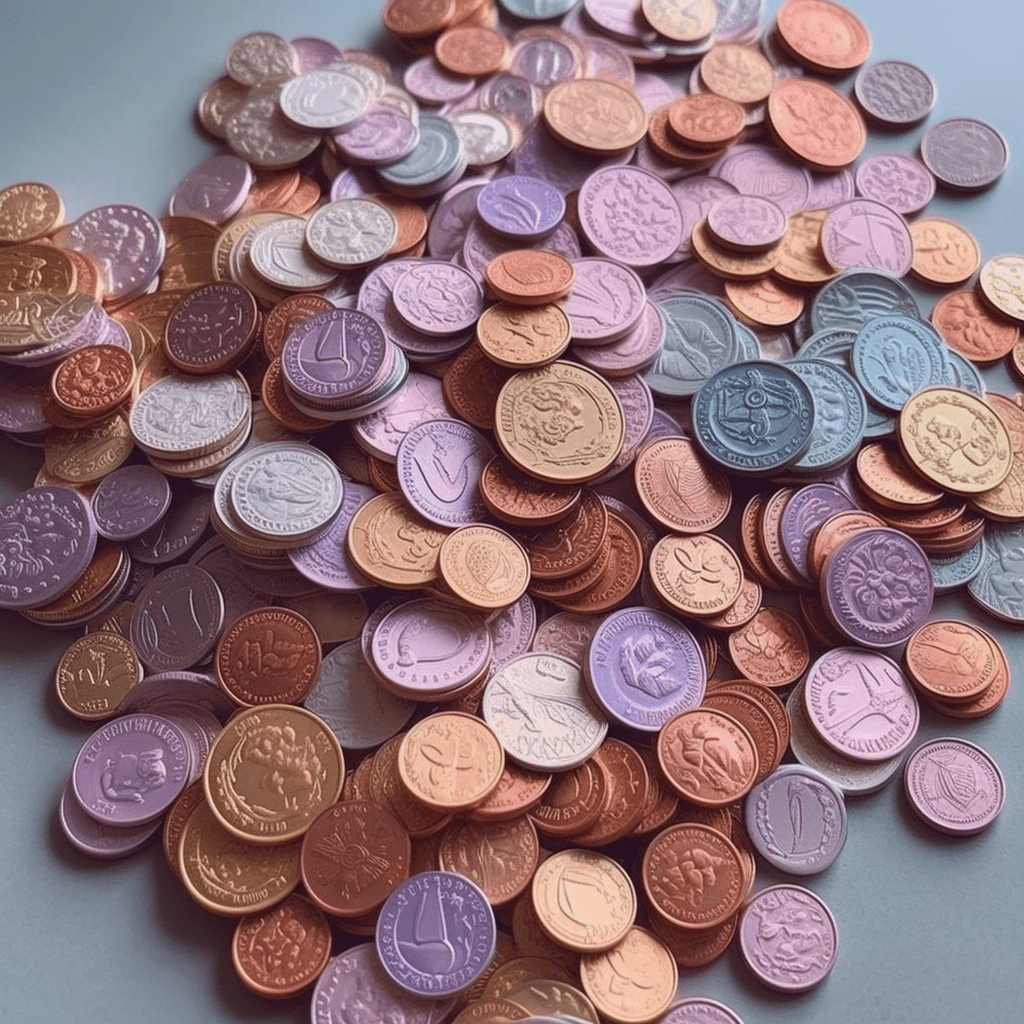
The NFT (non-fungible token) market has seen a significant boom in recent times, making it imperative for creators, collectors, and investors to understand what contributes to the value of these digital assets. However, the valuation of an NFT can be a complex process as there is no standardized method to determine its worth. In this comprehensive guide, we will walk you through the factors that impact an NFT’s value, tips to evaluate different types of NFTs, and how much it might cost when creating your own NFT.
Factors Impacting NFT Value
- Scarcity and Rarity
The scarcity of an NFT is one of the primary factors that contribute to its value – the rarer the NFT, the higher its potential value. To create digital scarcity, artists and creators usually release a limited number of editions or unique variants of their work, making the available supply scarce compared to demand.
- Provenance and Authenticity
Digital provenance helps collectors verify the authenticity and ownership history of an NFT. In the case of NFT art, a strong provenance can increase its value. Authenticity is also crucial in determining an NFT’s worth as it confirms the legitimacy of a creator and prevents the possibility of forgeries.
- Demand and Market Conditions
The value of an NFT can fluctuate due to market conditions and the level of demand from collectors, investors, and enthusiasts. Popularity and perceived importance of the NFT can also affect demand. Trends and news about the project or artist can play a role in driving demand and, therefore, impact the secondary market value.
- Creator’s Reputation
If the creator of an NFT has a strong reputation, it can positively influence the value of their works. Artists with a significant following or renowned names in their industry usually achieve premium sales, as collectors are willing to pay more for artworks created by notable personalities.
- Utility and Functionality
Some NFTs offer additional utility and functionality beyond just being collectibles, such as access to exclusive content, events, or digital platforms. NFTs with added utility can be more valuable in the eyes of collectors and investors compared to those without extra functionality.
Tips for Evaluating NFT Value

- Research the Creator
Investigating the creator’s background, reputation, and previous work is critical to understand the origin and authenticity of an NFT. Well-established creators with a strong presence will often have their work sell at a higher value.
- Analyze Sales History
Review the sales history and track record of similar NFTs in the market. Analyzing sales data can provide insights into the price range and potential value of an NFT. Websites like CryptoArt.io or NFT marketplaces like OpenSea can provide useful data for your research.
- Assess the Rarity and Scarcity
Understanding the edition size and the overall scarcity of an NFT can help in gauging its worth. Limited editions and unique variants are typically more valuable than widely available editions.
- Assess the Project’s Community and Ecosystem
The project’s community and ecosystem can also impact the value of an NFT. Active and engaged communities can generate hype, support, and demand for NFT collections, which in turn can contribute to higher valuations.
- Consider the Niche and Target Audience
The niche of the NFT and target audience can also determine its value. Some niches, such as virtual real estate, gaming, or luxury goods, can attract a more affluent audience, leading to higher valuations.
Creating an NFT – The Cost Factor

Now that you have prior knowledge about how to determine the value of an NFT, you might be wondering how much it costs to create one. The cost primarily depends on the blockchain platform you choose, such as Ethereum, Binance Smart Chain, or Flow, to name a few. Each platform has its own set of features, advantages, and transaction (gas) fees.
For instance, creating an NFT on Ethereum requires the payment of gas fees in Ether (ETH). These fees can be volatile and can range from a few dollars to more than $100, depending on network congestion. In contrast, other platforms like Binance Smart Chain might offer lower transaction costs, making NFT creation more accessible for creators with tight budgets.
In conclusion, evaluating the value of an NFT can be a daunting task due to the various factors at play. By understanding aspects like scarcity, demand, creator reputation, and prices in secondary marketplaces, one can make better-informed decisions when investing, collecting, or creating NFTs. As the NFT space continues to evolve, it’s crucial for both novice and experienced investors to stay updated with current trends and new projects to make educated judgments when appraising this evolving asset class.
